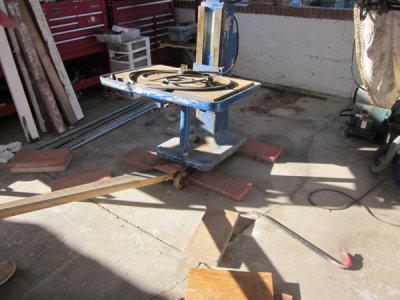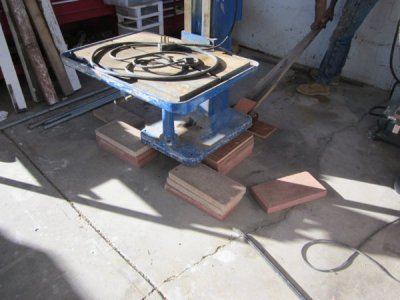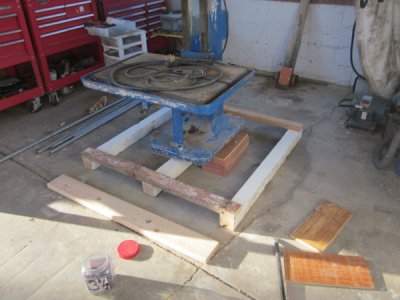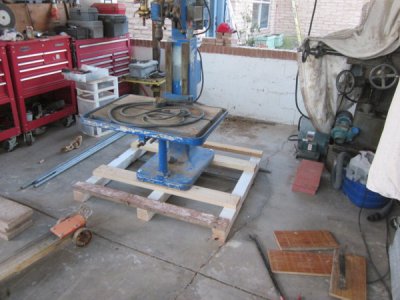I like to build a 4x4 pallet under a machine, bolt the machine to the pallet and use a pallet jack to move the machine. Hydraulic lowering trailers are the way to go because everything can be kept level. Pallet jacks are perfectly safe for moving a top-heavy mill that's bolted to a pallet as long as you stay on a level surface. You keep the jack as low as possible, with the pallet almost dragging the floor. If anything starts to go wonky, you just pull the release and set the load on the floor. If you keep the pallet low, the machine can't tip far enough to go over center, plus you've increase the footprint of the base significantly, so that a much larger tip angle is required to get the machine to tip. Go slow, don't let things start to rock.
A proper rigger's bar makes it pretty easy to lift the machine up enough to build a pallet underneath.
Lots of people are using VFDs with Van Norman mills. But remember that you'll need two VFDs: one for the spindle motor and one for the feed motor. The problem with VFDs is that they have a lot of high-voltage switching transients which may be more than old motor's insulation can handle. An AC line reactor will take out the transients and protect the motor: link
But if there are any more 3-phase tools in your future, a rotary phase converter is the way to go. You can buy a panel or panel kit from WNY Supply and pick up a used 3-phase motor locally; they usually go for about $10 per HP.
I am overwhelmed by the help you all are giving me. Thank you so much.
I know there are no stupid questions except those not asked. That said,I may not be the brightest bulb. It takes me a bit to catch on sometimes. So here are my next round of questions.
The 4x4 pallet you build, is that out of 4x4s or traditional pallet materials? I am assuming you make it 4' x 4' , a touch larger than a traditional pallet? Are you using lag bolts or bolting all the way through with carriage or other bolts? Any chance of a picture or a drawing? I know I'm getting a little extreme in my questions but I'm thinking I could pre-make the pallet prices to aid the process.
Regarding the electrical, I'm not sure if I will ever have another 3 phase machine, but then again, I didn't think I would ever get a full size mill either. So I'm thinking RPC is likely the right way to go. lol I'm getting ahead of myself, I still need to make room for the mill first. Thanks for all your help.
Sent from my iPhone using Tapatalk






 .
.